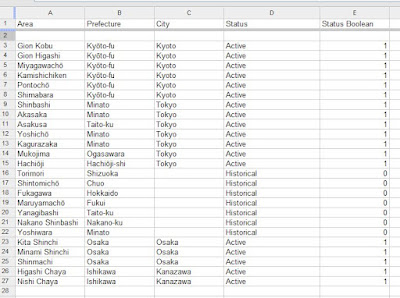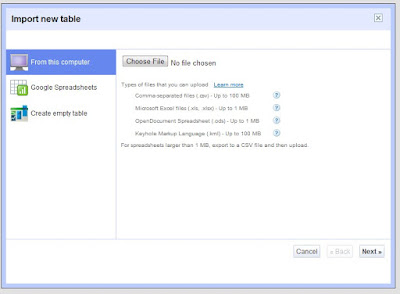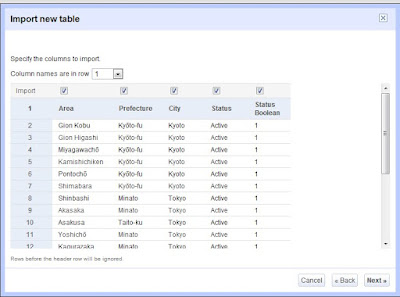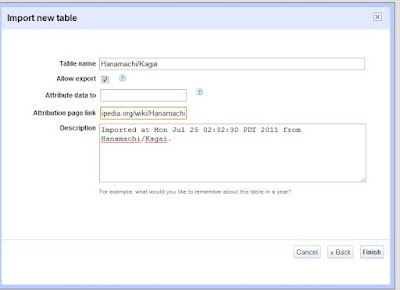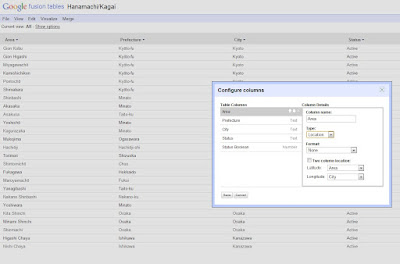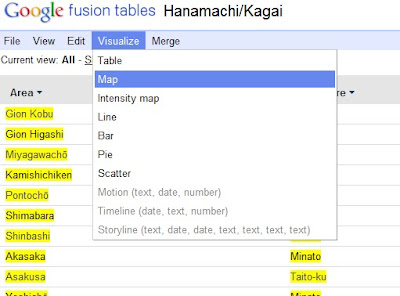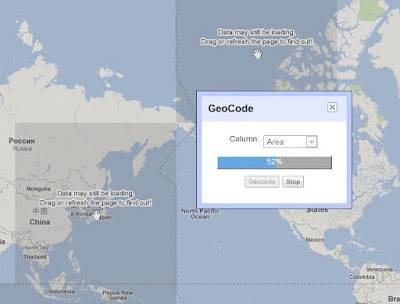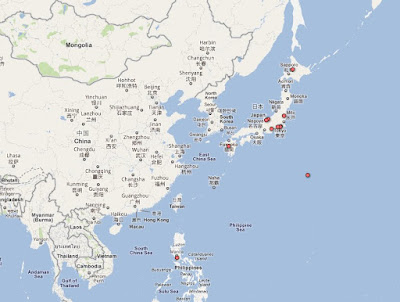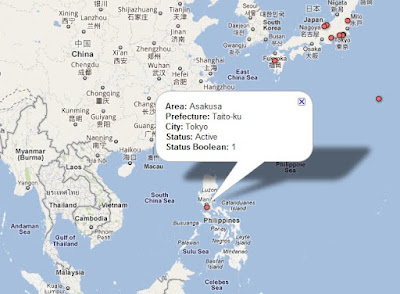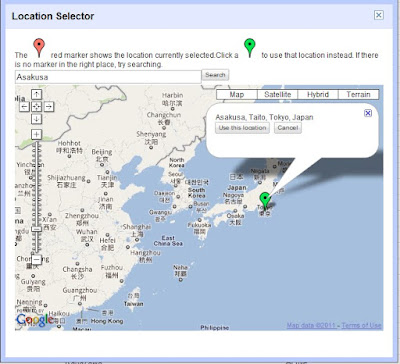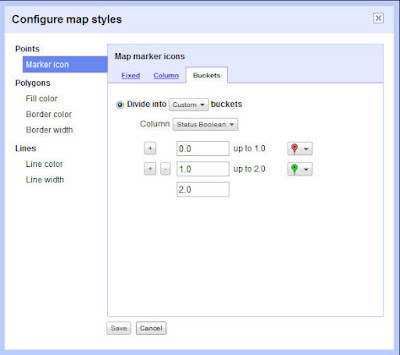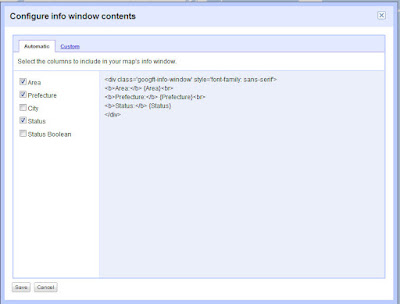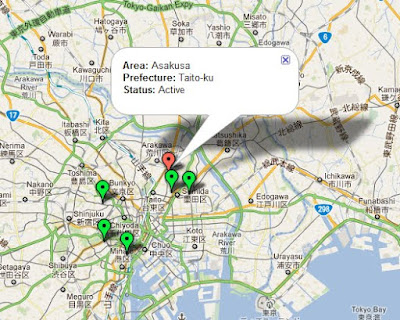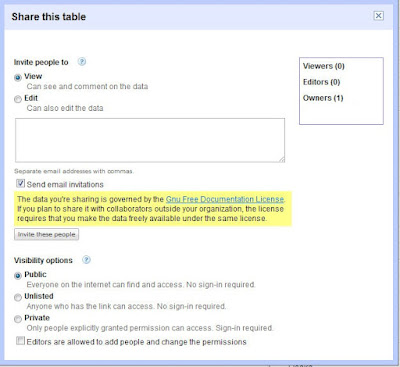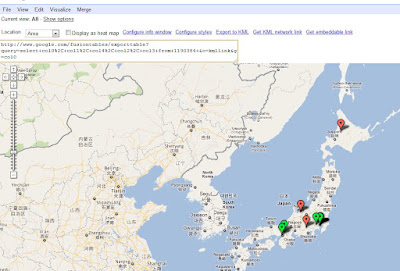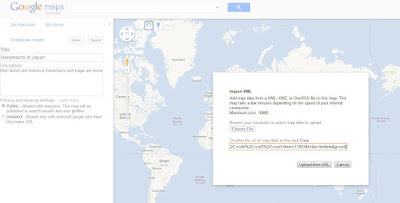Sometimes it's nice to have a large choice of user agents to test with and so I have a large agents list that I thought you may find useful. The XML is provided below but you can also download the file, this can be uploaded immediately into the User Agent Switcher extension for Firefox, If you're a Chrome user like myself you want this version.
<useragentswitcher>
<useragent description="Apple iPhone 4.1, iOS (XL)" useragent="Mozilla/5.0 (iPhone; U; CPU iPhone OS 4_1 like Mac OS X; en-us) AppleWebKit/532.9 (KHTML, like Gecko) Version/4.0.5 Mobile/8C148 Safari/6531.22.7" appcodename="" appname="" appversion="" platform="" vendor="" vendorsub=""/>
<useragent description="Apple iPhone 3.0, iOS (XL)" useragent="Mozilla/5.0 (iPod; U; CPU iPhone OS 3_0 like Mac OS X; en-us) AppleWebKit/528.18 (KHTML, like Gecko) Version/4.0 Mobile/7A341 Safari/528.16" appcodename="" appname="" appversion="" platform="" vendor="" vendorsub=""/>
<useragent description="BB Bold 9650, BlackBerry (XL)" useragent="Mozilla/5.0 (BlackBerry; U; BlackBerry 9650; en-US) AppleWebKit/534.1+ (KHTML, like Gecko) Version/6.0.0.222 Mobile Safari/534.1+" appcodename="" appname="" appversion="" platform="" vendor="" vendorsub=""/>
<useragent description="BB Bold 9700, BlackBerry6 (XL)" useragent="Mozilla/5.0 (BlackBerry; U; BlackBerry 9700; en-US) AppleWebKit/534.1+ (KHTML, like Gecko) Version/6.0.0.153 Mobile Safari/534.1+" appcodename="" appname="" appversion="" platform="" vendor="" vendorsub=""/>
<useragent description="BB Curve 9300, BlackBerry (L/XL)" useragent="Blackberry9300/5.0.0.832 Profile/MIDP-2.1 Configuration/CLDC-1.1 VendorID/332" appcodename="" appname="" appversion="" platform="" vendor="" vendorsub=""/>
<useragent description="BB Storm 9550, BlackBerry (XL)" useragent="BlackBerry9550/5.0.0.320 Profile/MIDP-2.1 Configuration/CLDC-1.1 VendorID/105" appcodename="" appname="" appversion="" platform="" vendor="" vendorsub=""/>
<useragent description="HTC Evo, Android (XL)" useragent="Mozilla/5.0 (Linux; U; Android 2.2; en-us; Sprint APA9292KT Build/OMJ_EVO_2.2_Froyo_v3.2) AppleWebKit/533.1 (KHTML, like Gecko) Version/4.0 Mobile Safari/533.1" appcodename="" appname="" appversion="" platform="" vendor="" vendorsub=""/>
<useragent description="HTC HD7, Windows 7 (XL)" useragent="Mozilla/4.0 (compatible; MSIE 7.0; Windows Phone OS 7.0; Trident/3.1; IEMobile/7.0; HTC; HD7 T9292)" appcodename="" appname="" appversion="" platform="" vendor="" vendorsub=""/>
<useragent description="HTC myTouch, Android (XL)" useragent="Mozilla/5.0 (Linux; U; Android 2.2; en-us; myTouch4G Build/FRF91) AppleWebKit/533.1 (KHTML, like Gecko) Version/4.0 Mobile Safari/533.1" appcodename="" appname="" appversion="" platform="" vendor="" vendorsub=""/>
<useragent description="LG Cosmos, Verizon (L)" useragent="LGE-VN250L/1.0 UP.Browser/6.2.3.2 (GUI) MMP/2.0" appcodename="" appname="" appversion="" platform="" vendor="" vendorsub=""/>
<useragent description="LG KP500, Vodafone (L)" useragent="Vodafone/1.0/LG-KP500/V10b/Teleca/WAP2.0 MIDP-2.0/CLDC-1.1" appcodename="" appname="" appversion="" platform="" vendor="" vendorsub=""/>
<useragent description="LG Optimus T, Android (L/XL)" useragent="Mozilla/5.0 (Linux; U; Android 2.2; en-us; LG-P509 Build/FRF91) AppleWebKit/525.10+ (KHTML, like Gecko) Version/3.0.4 Mobile Safari/523.12.2" appcodename="" appname="" appversion="" platform="" vendor="" vendorsub=""/>
<useragent description="Motorola Droid X, Android (XL)" useragent="Mozilla/5.0 (Linux; U; Android 2.2; en-us; DROIDX Build/VZW) AppleWebKit/533.1 (KHTML, like Gecko) Version/4.0 Mobile Safari/533.1 854X480 motorola DROIDX 480X854 motorola DROIDX" appcodename="" appname="" appversion="" platform="" vendor="" vendorsub=""/>
<useragent description="Motorola Droid 2, Android (XL)" useragent="Mozilla/5.0 (Linux; U; Android 2.2;en-US;DROID2 Build/VZW) AppleWebKit/525.10+ (KHTML, like Gecko) Version/3.0.4 Mobile" appcodename="" appname="" appversion="" platform="" vendor="" vendorsub=""/>
<useragent description="MOT-RAZRV3x, Verizon (L)" useragent="MOT-RAZRV3x" appcodename="" appname="" appversion="" platform="" vendor="" vendorsub=""/>
<useragent description="Nokia 5800 XpressMusic, Symbian (XL)" useragent="Mozilla/5.0(SymbianOS/9.4; U; Series60/5.0 Nokia5800d-1/21.0.025; Profile/MIDP-2.1 Cofiguration/CLDC-1.1) AppleWebKid/413 (KHTML,licke Gecko)Safari/413" appcodename="" appname="" appversion="" platform="" vendor="" vendorsub=""/>
<useragent description="Nokia E71, Symbian (L/XL)" useragent="Mozilla/5.0 (SymbianOS/9.2; U; Series60/3.1 NokiaE71/110.07.127; Profile/MIDP-2.0 Configuration/CLDC-1.1 ) AppleWebKit/413 (KHTML, like Gecko) Safari/413 FirePHP/0.3" appcodename="" appname="" appversion="" platform="" vendor="" vendorsub=""/>
<useragent description="Nokia X6, Symbian (XL)" useragent="Mozilla/5.0 (SymbianOS/9.4; U; Series60/5.0 NokiaX6-00/12.0.091; Profile/MIDP-2.1 Configuration/CLDC-1.1 ) AppleWebKit/413 (KHTML, like Gecko) Safari/413" appcodename="" appname="" appversion="" platform="" vendor="" vendorsub=""/>
<useragent description="Opera Mini (XL)" useragent="Mozilla/5.0 (SymbianOS/9.4; U; Series60/5.0 NokiaN97-1/10.0.001; Profile/MIDP-2.1 Configuration/CLDC-1.1 ) AppleWebKit/525 (KHTML, like Gecko) Safari/525" appcodename="" appname="" appversion="" platform="" vendor="" vendorsub=""/>
<useragent description="Samsung Captivate, Android (XL)" useragent="Mozilla/5.0 (Linux; U; Android 2.2; en-us; SAMSUNG-SGH-I897/I897UCJI6 Build/FROYO) AppleWebKit/533.1 (KHTML, like Gecko) Version/4.0 Mobile Safari/533.1" appcodename="" appname="" appversion="" platform="" vendor="" vendorsub=""/>
<useragent description="Samsung Galaxy S, Android (XL)" useragent="Mozilla/5.0 (Linux; U; Android 2.1-update1; ko-kr; SHW-M110S Build/ECLAIR) AppleWebKit/525.10+ (KHTML, like Gecko) Version/3.0.4 Mobile Safari/523.12.2" appcodename="" appname="" appversion="" platform="" vendor="" vendorsub=""/>
</useragentswitcher>
<useragent description="Apple iPhone 4.1, iOS (XL)" useragent="Mozilla/5.0 (iPhone; U; CPU iPhone OS 4_1 like Mac OS X; en-us) AppleWebKit/532.9 (KHTML, like Gecko) Version/4.0.5 Mobile/8C148 Safari/6531.22.7" appcodename="" appname="" appversion="" platform="" vendor="" vendorsub=""/>
<useragent description="Apple iPhone 3.0, iOS (XL)" useragent="Mozilla/5.0 (iPod; U; CPU iPhone OS 3_0 like Mac OS X; en-us) AppleWebKit/528.18 (KHTML, like Gecko) Version/4.0 Mobile/7A341 Safari/528.16" appcodename="" appname="" appversion="" platform="" vendor="" vendorsub=""/>
<useragent description="BB Bold 9650, BlackBerry (XL)" useragent="Mozilla/5.0 (BlackBerry; U; BlackBerry 9650; en-US) AppleWebKit/534.1+ (KHTML, like Gecko) Version/6.0.0.222 Mobile Safari/534.1+" appcodename="" appname="" appversion="" platform="" vendor="" vendorsub=""/>
<useragent description="BB Bold 9700, BlackBerry6 (XL)" useragent="Mozilla/5.0 (BlackBerry; U; BlackBerry 9700; en-US) AppleWebKit/534.1+ (KHTML, like Gecko) Version/6.0.0.153 Mobile Safari/534.1+" appcodename="" appname="" appversion="" platform="" vendor="" vendorsub=""/>
<useragent description="BB Curve 9300, BlackBerry (L/XL)" useragent="Blackberry9300/5.0.0.832 Profile/MIDP-2.1 Configuration/CLDC-1.1 VendorID/332" appcodename="" appname="" appversion="" platform="" vendor="" vendorsub=""/>
<useragent description="BB Storm 9550, BlackBerry (XL)" useragent="BlackBerry9550/5.0.0.320 Profile/MIDP-2.1 Configuration/CLDC-1.1 VendorID/105" appcodename="" appname="" appversion="" platform="" vendor="" vendorsub=""/>
<useragent description="HTC Evo, Android (XL)" useragent="Mozilla/5.0 (Linux; U; Android 2.2; en-us; Sprint APA9292KT Build/OMJ_EVO_2.2_Froyo_v3.2) AppleWebKit/533.1 (KHTML, like Gecko) Version/4.0 Mobile Safari/533.1" appcodename="" appname="" appversion="" platform="" vendor="" vendorsub=""/>
<useragent description="HTC HD7, Windows 7 (XL)" useragent="Mozilla/4.0 (compatible; MSIE 7.0; Windows Phone OS 7.0; Trident/3.1; IEMobile/7.0; HTC; HD7 T9292)" appcodename="" appname="" appversion="" platform="" vendor="" vendorsub=""/>
<useragent description="HTC myTouch, Android (XL)" useragent="Mozilla/5.0 (Linux; U; Android 2.2; en-us; myTouch4G Build/FRF91) AppleWebKit/533.1 (KHTML, like Gecko) Version/4.0 Mobile Safari/533.1" appcodename="" appname="" appversion="" platform="" vendor="" vendorsub=""/>
<useragent description="LG Cosmos, Verizon (L)" useragent="LGE-VN250L/1.0 UP.Browser/6.2.3.2 (GUI) MMP/2.0" appcodename="" appname="" appversion="" platform="" vendor="" vendorsub=""/>
<useragent description="LG KP500, Vodafone (L)" useragent="Vodafone/1.0/LG-KP500/V10b/Teleca/WAP2.0 MIDP-2.0/CLDC-1.1" appcodename="" appname="" appversion="" platform="" vendor="" vendorsub=""/>
<useragent description="LG Optimus T, Android (L/XL)" useragent="Mozilla/5.0 (Linux; U; Android 2.2; en-us; LG-P509 Build/FRF91) AppleWebKit/525.10+ (KHTML, like Gecko) Version/3.0.4 Mobile Safari/523.12.2" appcodename="" appname="" appversion="" platform="" vendor="" vendorsub=""/>
<useragent description="Motorola Droid X, Android (XL)" useragent="Mozilla/5.0 (Linux; U; Android 2.2; en-us; DROIDX Build/VZW) AppleWebKit/533.1 (KHTML, like Gecko) Version/4.0 Mobile Safari/533.1 854X480 motorola DROIDX 480X854 motorola DROIDX" appcodename="" appname="" appversion="" platform="" vendor="" vendorsub=""/>
<useragent description="Motorola Droid 2, Android (XL)" useragent="Mozilla/5.0 (Linux; U; Android 2.2;en-US;DROID2 Build/VZW) AppleWebKit/525.10+ (KHTML, like Gecko) Version/3.0.4 Mobile" appcodename="" appname="" appversion="" platform="" vendor="" vendorsub=""/>
<useragent description="MOT-RAZRV3x, Verizon (L)" useragent="MOT-RAZRV3x" appcodename="" appname="" appversion="" platform="" vendor="" vendorsub=""/>
<useragent description="Nokia 5800 XpressMusic, Symbian (XL)" useragent="Mozilla/5.0(SymbianOS/9.4; U; Series60/5.0 Nokia5800d-1/21.0.025; Profile/MIDP-2.1 Cofiguration/CLDC-1.1) AppleWebKid/413 (KHTML,licke Gecko)Safari/413" appcodename="" appname="" appversion="" platform="" vendor="" vendorsub=""/>
<useragent description="Nokia E71, Symbian (L/XL)" useragent="Mozilla/5.0 (SymbianOS/9.2; U; Series60/3.1 NokiaE71/110.07.127; Profile/MIDP-2.0 Configuration/CLDC-1.1 ) AppleWebKit/413 (KHTML, like Gecko) Safari/413 FirePHP/0.3" appcodename="" appname="" appversion="" platform="" vendor="" vendorsub=""/>
<useragent description="Nokia X6, Symbian (XL)" useragent="Mozilla/5.0 (SymbianOS/9.4; U; Series60/5.0 NokiaX6-00/12.0.091; Profile/MIDP-2.1 Configuration/CLDC-1.1 ) AppleWebKit/413 (KHTML, like Gecko) Safari/413" appcodename="" appname="" appversion="" platform="" vendor="" vendorsub=""/>
<useragent description="Opera Mini (XL)" useragent="Mozilla/5.0 (SymbianOS/9.4; U; Series60/5.0 NokiaN97-1/10.0.001; Profile/MIDP-2.1 Configuration/CLDC-1.1 ) AppleWebKit/525 (KHTML, like Gecko) Safari/525" appcodename="" appname="" appversion="" platform="" vendor="" vendorsub=""/>
<useragent description="Samsung Captivate, Android (XL)" useragent="Mozilla/5.0 (Linux; U; Android 2.2; en-us; SAMSUNG-SGH-I897/I897UCJI6 Build/FROYO) AppleWebKit/533.1 (KHTML, like Gecko) Version/4.0 Mobile Safari/533.1" appcodename="" appname="" appversion="" platform="" vendor="" vendorsub=""/>
<useragent description="Samsung Galaxy S, Android (XL)" useragent="Mozilla/5.0 (Linux; U; Android 2.1-update1; ko-kr; SHW-M110S Build/ECLAIR) AppleWebKit/525.10+ (KHTML, like Gecko) Version/3.0.4 Mobile Safari/523.12.2" appcodename="" appname="" appversion="" platform="" vendor="" vendorsub=""/>
</useragentswitcher>
